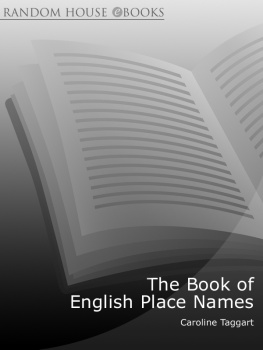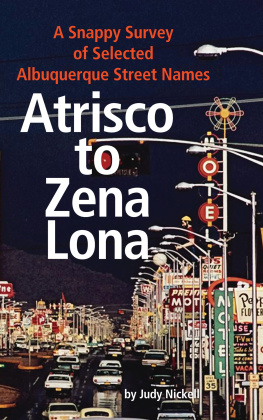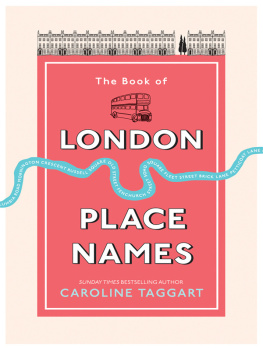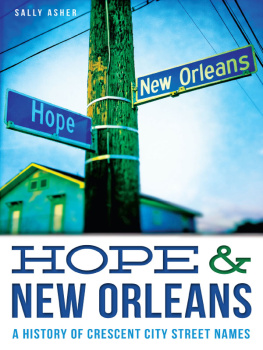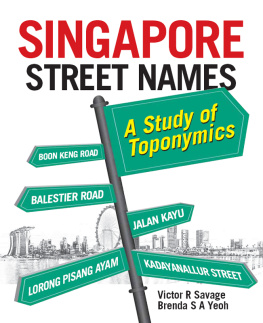
A street name is known as a hodonym, from the ancient Greek hodos meaning journey, the action of travelling or the way along which you travel and onoma, meaning name. Hence the name of the way along which you travel. Hodonyms are usually made up of two parts: the specific, which is the individual name of the street; and the generic, which indicates the type of street. In Northumberland Avenue, for example, Northumberland would be the specific and Avenue the generic. A more commonly used term for the generic part of a street name is suffix. In fact, a street name is not unlike a persons name it has a family name (Winn), which is the suffix and indicates which category of streets it belongs to, and an individual first name (Christopher), which acts as the specific.
For the moment we will concentrate on the suffix. Streets come in all different types and varieties, shapes and sizes, from motorways and major through roads with several lanes, to winding, single-carriageway back roads and side roads, to residential streets and avenues, to cul de sacs and narrow alleys and passageways. The particular nature of a street can be determined by the descriptive word or suffix that follows the name Lane, Road, Crescent, Avenue and so on. In my ramblings around the country I have come across over eighty different suffixes many of which mean much the same thing.
There are five categories of street suffix: major roads; small roads; roads named for their shape; roads named for geographical features or attributes; and those named for their function or purpose. You will notice that I use both street and road. This is because the terms are interchangeable when describing thoroughfares in general. But there is a subtle difference, which we will come to. For now, I will use whichever feels most appropriate depending on general usage. Hence major roads feels right, major streets does not.
Here is what the various suffixes mean, along with some examples, starting with major roads. Definitions come from the Concise Oxford English Dictionary (sixth edition).
MAJOR ROADS
The Saxons, from whom we inherit our earliest street names, had various terms for different kinds of thoroughfare. The generic term in Old English was weg, derived from an earlier sense of to move, carry to mean a road, path or way. Strata, or street, as we have heard, which could also be rendered straet or strate, was used for a paved way, usually a Roman road. The modern lane is taken straight from the Old English or Anglo-Saxon word lane or lanu, meaning a narrow way between hedges. Avenue, a way of approach and road, a way along which you can ride, didnt come along until much later.
WAY
A road, track, path provided for passing along, as in right of way, a means of access. Highway refers in general terms to any type of public road, as in the public highway. As a suffix, Way tends to be used for very ancient roads or, with increasing frequency, for small side streets. Way can also mean the best route between two points or the route generally taken by an important or historical figure or group of people, such as Canons Way or Abbots Way. Britains most common Way is Kingsway or Kings Way. There are close to three hundred Kingsways and quite a few Queensways, and they are invariably named in honour of the king or queen on the throne either when they were opened, or who opened them.
* Kingsway in London, although planned during the reign of Queen Victoria, was not completed until 1905 when it was opened by Edward VII and named in his honour. Londons Queensway was named after Queen Victoria as this was the way by which, as a princess, she rode out from Kensington Palace.
* Pilgrims Way. There are up to a hundred Pilgrims Ways in Britain, along which pilgrims would have travelled to various places of pilgrimage around the country, such as holy wells, religious sites or burial places. The most famous Pilgrims Way is the Stone Age track that follows the natural eastwest causeway along the top of the North Downs, and which was used by the pilgrims in Chaucers Canterbury Tales on their journey from Winchester to Thomas Beckets tomb in Canterbury Cathedral. There is a Pilgrim Street in Newcastle upon Tyne that was the main way for pilgrims visiting the chapel of St Mary in Jesmond, as well as part of the Great North Road between Durham and the holy island of Lindisfarne.
STREET
A town or village road that has (mainly) contiguous houses on one or both sides. As we have already seen, when most of the roads in Britain were simple unmade tracks, the term street referred to any paved road, or in effect Roman roads. Very often there was only one paved road running through a community and this would be referred to as The Street. There are some three hundred roads in Britain bearing this name, and you can be pretty sure that they are all old and most likely follow the route of a Roman road. There is only one street I have been able to find called simply Street, just outside the Cumbrian village of Great Strickland, and it is, indeed, a one and a quarter mile section of straight road that follows the route of a Roman road.
A good example is The Street in Rickinghall in Suffolk, the old coaching road between Norwich and Bury St Edmunds. It is a long, straight road lined with Tudor cottages and ancient inns, which follows the line of an old Roman road and runs through the centre of three villages, Rickinghall Superior, Rickinghall Inferior and Botesdale. Rickinghall was the home of Basil Brown, the archaeologist who excavated the Anglo-Saxon ship burial at Sutton Hoo in 1939. A street in the village has been named Basil Brown Close in his honour.
Some time around the twelfth century, the word high began to be applied to The Street, high coming from the Anglo-Saxon heah, meaning lofty, elevated or exalted (as in high sheriff or high society) and thus indicating that the High Street was the most important street in the village. Today High Street is by some margin Britains most common street name since virtually every community almost by definition has one. There are something over 3,000 High Streets and another 2,000 or more streets with variations on the name, such as Upper High Street or High Street North.
The ever-practical Scots tend to call their main street, er, Main Street, and Main Street is thus the most common street name in Scotland.
As towns and cities expanded rapidly in Georgian and Victorian times, so the number of High Streets multiplied, and since shops and commercial enterprises tended to cluster along the main street of any community, the term High Street became more generic and applied to any area where the main shops were clustered (the high street) and to national shop chains (high-street shops).
ROAD
A line of communication, specially prepared track between places for use of pedestrians, riders and vehicles. The word road comes from the Old English word ridan, meaning to ride, and road thus originally referred to any track or way that you could ride along. It then became the most widely used term for describing any kind of thoroughfare, hence Road is now the most common suffix. Once the Industrial Revolution brought about the expansion of towns and cities, leading to more and more paved roads (streets) being built, there was no longer any meaningful distinction between a road and a street. Road came to refer to any paved thoroughfare or line of communication with a stabilised base, such as a gravel road, be it in the town or in the country, while streets evolved into urbanised roads with buildings running alongside.
Next page
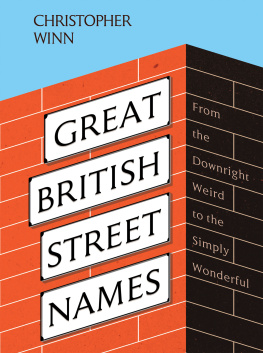
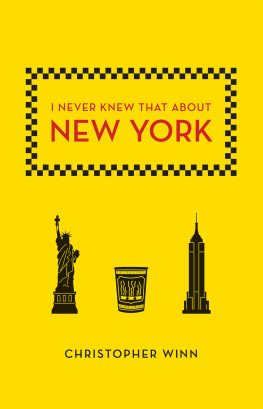


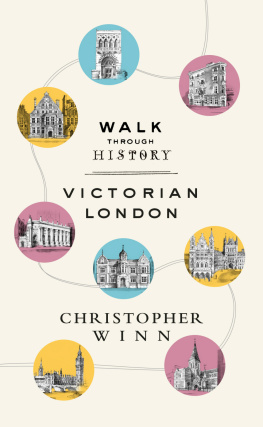
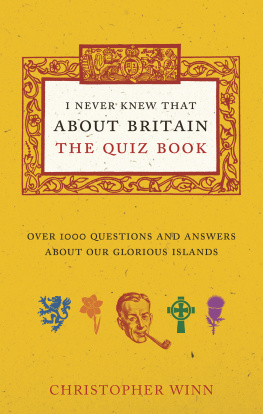
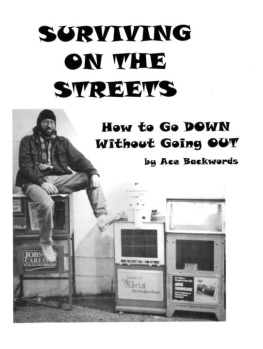
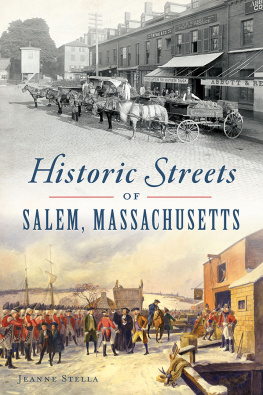
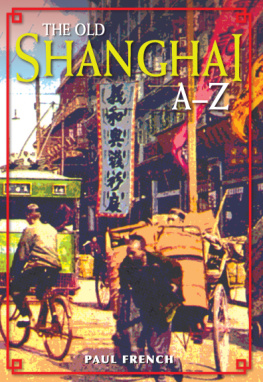
![Alfred C. Martino - Audio Nuggets: How To Get A Street Named [Text]](/uploads/posts/book/400603/thumbs/alfred-c-martino-audio-nuggets-how-to-get-a.jpg)
